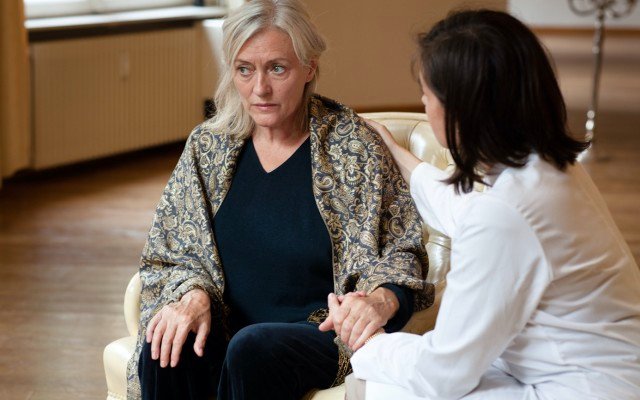Australian medical device company PainChek (ASX: PCK) is set to receive a $5 million grant from the Australian Federal Government to trial its pain recognition and monitoring technology in the country’s residential aged care centres.
The 12-month funding package will enable the provision of a universal PainChek access licence to more than 1,000 residential aged care providers and 100,000 residents living with dementia, with a view to driving better quality care and pain management plans throughout the sector.
Almost 4,000 residents across 62 aged care sites already have licenced access to PainChek’s technology and chief executive officer Philip Daffas said the grant could trigger more widespread and faster adoption.
“From a business perspective, we have been focused on how best to facilitate national uptake [of this product],” he said.
“We have been making good progress by approaching aged care providers individually but this [grant] takes our implementation to a whole new level in double-quick time.”
Mr Daffas said the trial will take place across nominated aged care homes and help refine how the app is integrated into every day clinical care in an aged residential setting.
“This app has been designed to give a voice to people who cannot verbalise their pain and we look forward to working with the government to expand our efforts to do just that,” he said.
Contracts for the grant are in the process of being finalised.
Facial recognition
PainChek is a world-first app developed to automatically detect pain via artificial intelligence and facial recognition analytics.
It uses cameras in smartphones and tablets to capture a brief video of the subject, which is then analysed in real time using facial recognition software to detect the presence of facial micro-expressions which are indicative of the presence of pain.
This data is then combined with other indicators of pain such as vocalisations, behaviours and movements captured to calculate a pain severity score.
Due to its speed, ease of use and reproducibility, PainChek can be used to detect and measure a person’s pain, and then further measurements can be used to monitor the effectiveness of the applied pain management techniques.
Mr Daffas said the technology will be rolled out globally in two versions – for adults who are unable to verbalise their pain and for children who have not yet learned to speak.
Pain identification
Of the 220,000 residents currently in Australian aged care homes, approximately 50% live with dementia and for these people, undiagnosed or poorly diagnosed pain is a big issue.
Unidentified pain can contribute to behavioural and psychological symptoms and incorrect prescriptions of treatment medications.
Research has shown that more accurate pain identification and effective management plans can result in a better quality of life for people in residential aged care environments.
